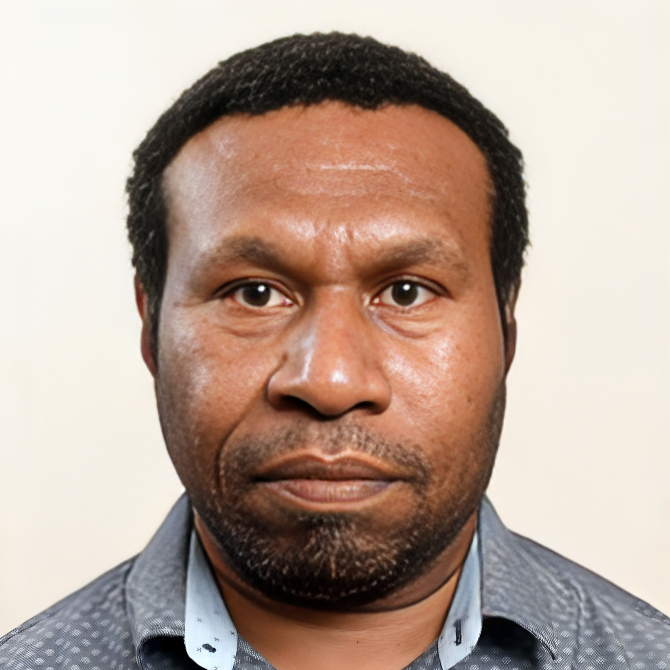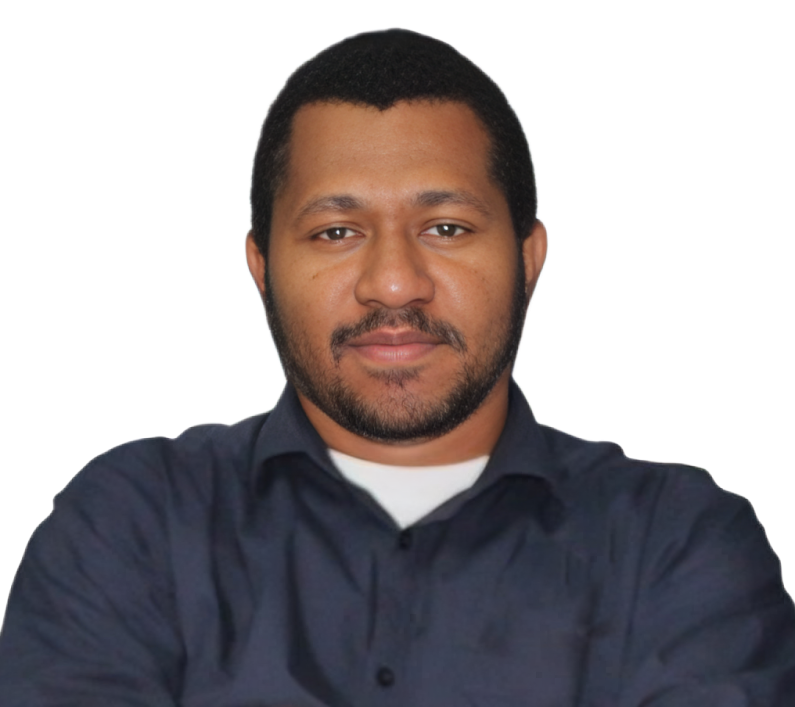About HR
This page is dedicated to helping you learn more about our sections, services, and key HR processes.
Executive Director's Message
Our Vision
Comprehensive Employee Development Programs
Data-Driven Decision Making
Diversity and Inclusion Initiatives
Enhanced Employee Engagement and Satisfaction
Streamlined HR Processes
Stronger Alignment with University Goals
Robust Performance Management System
Health and Well-Being Focus
Strategic Workforce Planning
Strengthened Community Partnerships
Impactful Employer Branding
Our Mission
The HR department’s purpose as a strategic business partner to the Papua New Guinea University of Technology lies in aligning its human resource strategies with the university’s overarching goals and objectives, ultimately contributing to the institution’s mission of academic excellence, research innovation, and community engagement. Here’s a breakdown of this purpose within the context of being a strategic business partner:
Alignment with University Goals
Talent Management
Cultural Development
Data-Driven Decision Making
Change Management and Adaptability
Compliance and Risk Management
Community and Industry Engagement
Our Values
Our Services
Our HR department is dedicated to building a positive, engaging, and productive work environment that not only supports our employees but also contributes to the overall mission of the university to generate world-class graduates who are beacons of positive change to national and global communities.
Operations
HR Operations encompasses a wide range of critical functions that are essential for the smooth and efficient operation of the university’s human resources department. These functions include HR policy development, employee relations, compliance and risk management, HR information systems (HRIS), HR analytics and reporting, workforce planning, payroll administration, as well as health and wellness programs.
One of the key aspects of HR Operations is HR policy development. This involves establishing, revising, and communicating HR policies and procedures to ensure compliance with employment laws and regulations while also aligning with the overall goals of the university. Additionally, employee relations are another crucial function under HR Operations which involves addressing employee concerns, managing conflict resolution, and fostering a positive work environment. Compliance and risk management are also vital components to ensure adherence to labour laws and regulations while mitigating potential risks related to employment issues. Other important aspects include implementing and maintaining efficient HR technology systems (HRIS) for data management and reporting purposes as well as analyzing workforce needs for future hiring based on university’s goals.
In addition to these functions, payroll administration is an integral part of ensuring timely processing of salary payments while managing employee payroll details accurately. Health and wellness programs are also developed within this operational sector in order to promote employee wellbeing along with maintaining a healthy work-life balance within the university. Overall, these various elements contribute towards achieving operational excellence within the university’s human resources department through effective planning, implementation, and execution of various strategies aimed at ensuring personnel satisfaction, compliance with legal requirements, and strategic alignment with university objectives.
Talent Management
Talent management encompasses a wide range of HR functions designed to attract, develop, and retain top talent within the university. Recruitment and selection are crucial components, involving the process of attracting, interviewing, and selecting candidates for job openings. Once selected, onboarding facilitates new employee integration into the university through orientation programs. Training and development play a key role in providing ongoing professional development opportunities, training programs, and career planning to support employee growth.
Performance management focuses on implementing performance appraisal systems, providing feedback, and managing employee evaluations to promote growth. Succession planning is essential for identifying and developing internal talent for key positions to ensure continuity and leadership development within the organization. Employee engagement initiatives such as surveys are conducted to assess and improve employee satisfaction and involvement. Additionally, compensation and benefits play a critical role in talent management by designing competitive salary structures, bonuses, and benefits packages to attract and retain talent. Finally, talent retention strategies are implemented to promote employee retention and career advancement within the university.
Overall, talent management involves various HR functions that work together seamlessly from recruitment to ensuring employee satisfaction and retention. These functions are crucial for building a talented workforce that can drive the success of the university in the long run.
The Director's Office

Mrs. Annette Waide
Executive Director - Human Resources

Mr. Francis Danny
Deputy Director - Human Resources

Ms. Christine Bolo
Executive Secretary to the Executive Director - Human Resources
HR Information Systems Unit

Mr. Gregory Jack
Assistant Registrar (AR) - Information Systems Lead

Mr. Elliot Diau
Officer - HR Information Systems
